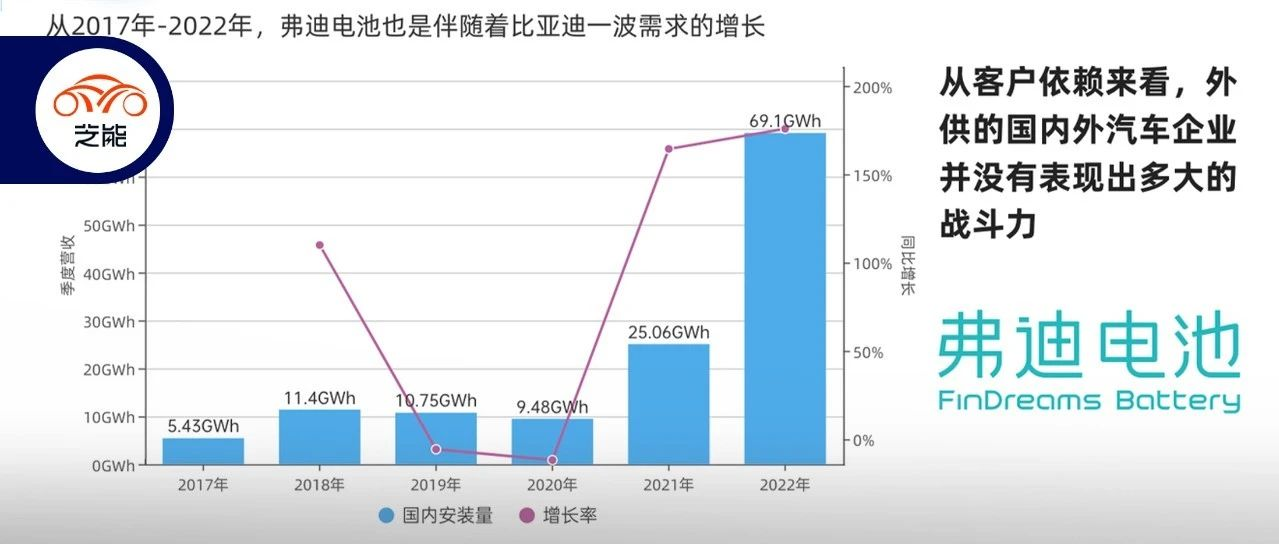Author: Tao Yanyan
Editor’s note: We have selected ten power battery companies based on 2022 data and looked forward to their development. Overseas: LG, SK on, Samsung SDI, and Panasonic; Domestic: starting from CATL.
Taking stock of the second domestic battery company, Wevioo Battery, which is a battery enterprise vertically laid out by BYD in the field of batteries. After the release of blade batteries, Wevioo Battery’s output has made a huge leap, but the customer concentration is still very focused on the needs of the original BYD.
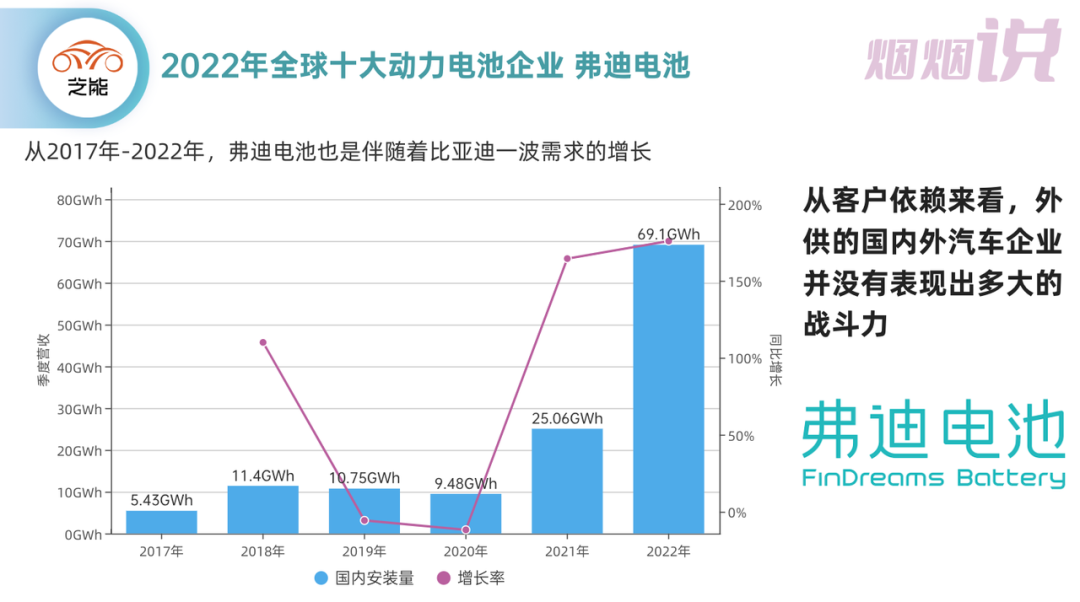
According to SNE’s statistics, BYD’s demand abroad in 2022 was 1.4 GWh. Here we mainly discuss several points:
◎The key consideration for whether Wevioo Battery can be successfully spun off is whether it can obtain enough external customers under the vertical integration mode.
◎As China’s power battery production capacity expands, car companies enter a price war, and power batteries are the biggest cost item for pure electric vehicles. At this time, how will Wevioo Battery and domestic and foreign car companies collaborate strategically?
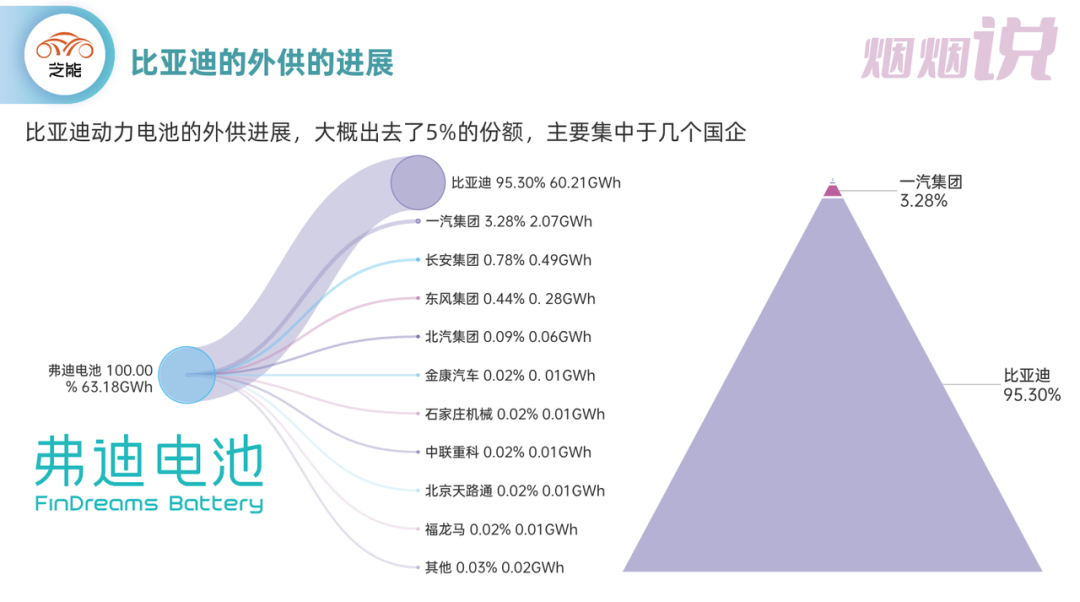
Products and Technology
Wevioo Battery currently targets power battery and energy storage applications and has developed a series of blade cell platforms, which can be divided into different shapes:◎Long Blade (length greater than 700mm): Strongly promoted on pure electric platforms, the typical size is 13.5mm90mm960mm, which is already a well-established design.
◎Short Blade (length 400-700mm): Mainly used for PHEV and not particularly successful in pure electric attempts with multiple series.
◎Square Blade (height greater than 150mm): Designed to meet the height requirements of commercial vehicle batteries with higher battery heights.
In other words, Fudi Battery’s main focus this time is on maximizing the use of space in vehicles, in combination with different types of blade batteries to meet the space and voltage requirements of different vehicle models.

PHEVs and range extenders are inherently limited by the space of automotive batteries, so the shape of the batteries needs to be carefully considered in vehicle layout. Fudi Power mainly uses short blade cells (In Cell) and offers different combinations such as single-series blade battery super packs and multiple-series blade battery super packs to meet the range requirements of 50-250km. Here the most innovative way is to make minimal changes to the basic cell size, mainly for multiple series processing.
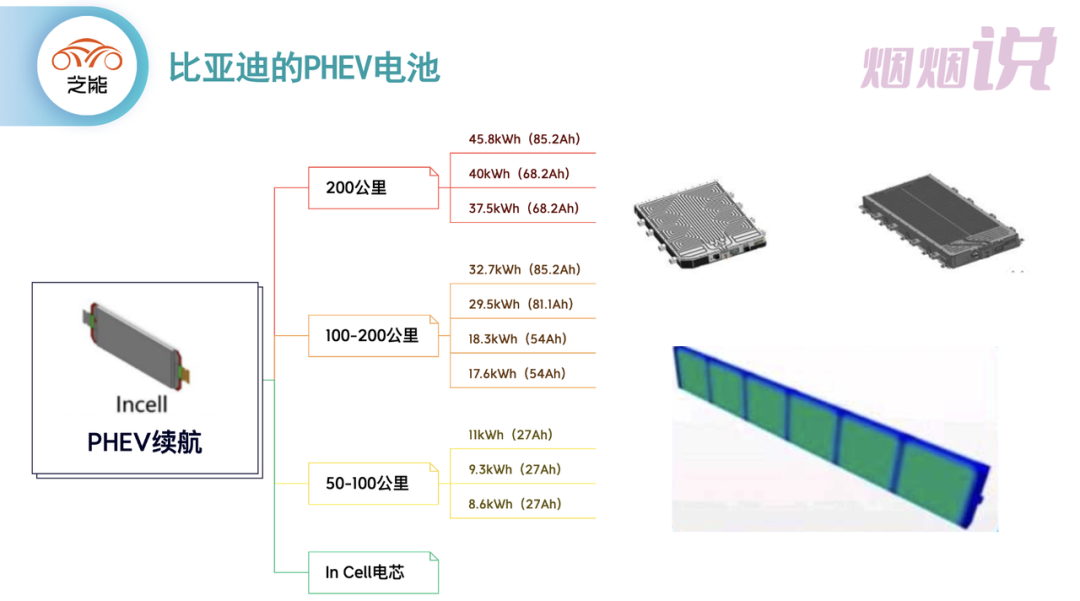
Above the typical size of 13.5mm90mm960mm, the only variable is length. It can be extended to a maximum of 2000mm, but the overall manufacturing difficulty outweighs the benefits. Shorter blades around 700mm only make sense for smaller vehicles like Haiou based on capacity. The innovation of blade batteries for pure electric vehicles has indeed opened up a new path, but this change is indeed somewhat limited.
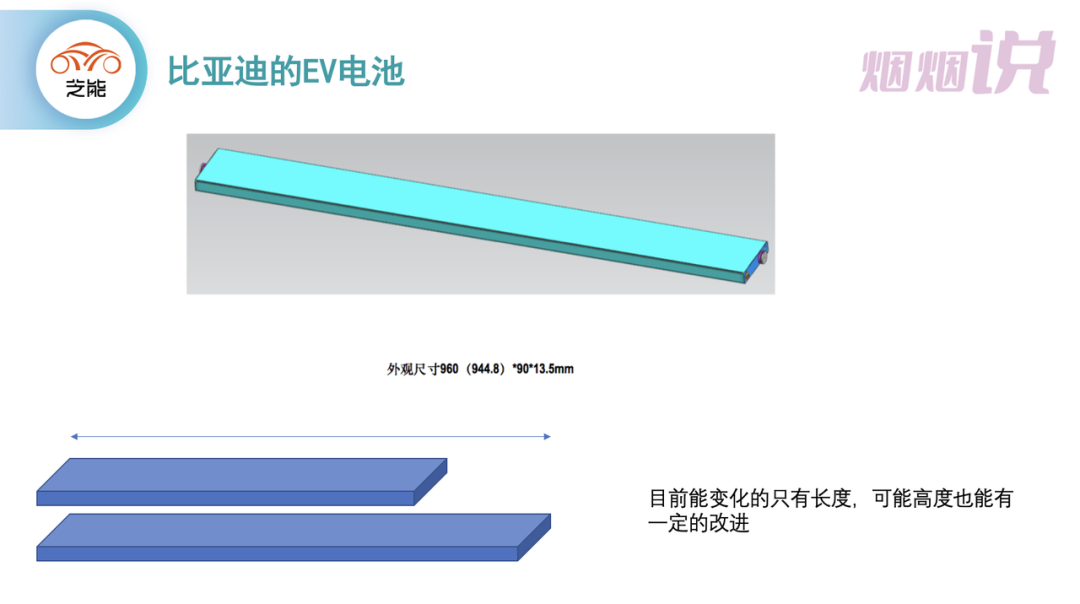 ## Production Capacity and Customer Development
## Production Capacity and Customer Development
Currently, the products supplied by Fudi Power mainly include:
◎ First Auto Works (FAW) Hongqi and Bestune models
◎ Some pure electric models of Changan
◎ Pure electric models of BAIC (Beijing Automotive Industry Holding Co.)
◎ Some pure electric models of Dongfeng
◎ Xiaomi Automotive – a relatively influential third-party automobile company.
It is relatively easier to develop overseas markets, but there is also a need for localization of supply in the current overseas market.
◎ Tesla: the battery used in the German Berlin super factory.
◎ Ford: demand in China, but not yet in the United States.
◎ Stellantis: under discussion, including pure electric and PHEV.
◎ Daimler Group: pure electric vehicle models.
However, all external suppliers have prominent problems: they can exist, but the scale is not large. From the perspective of production capacity, it is indeed difficult for Fudi Battery to develop under the competition and impact in the Chinese electric vehicle market centered around BYD.
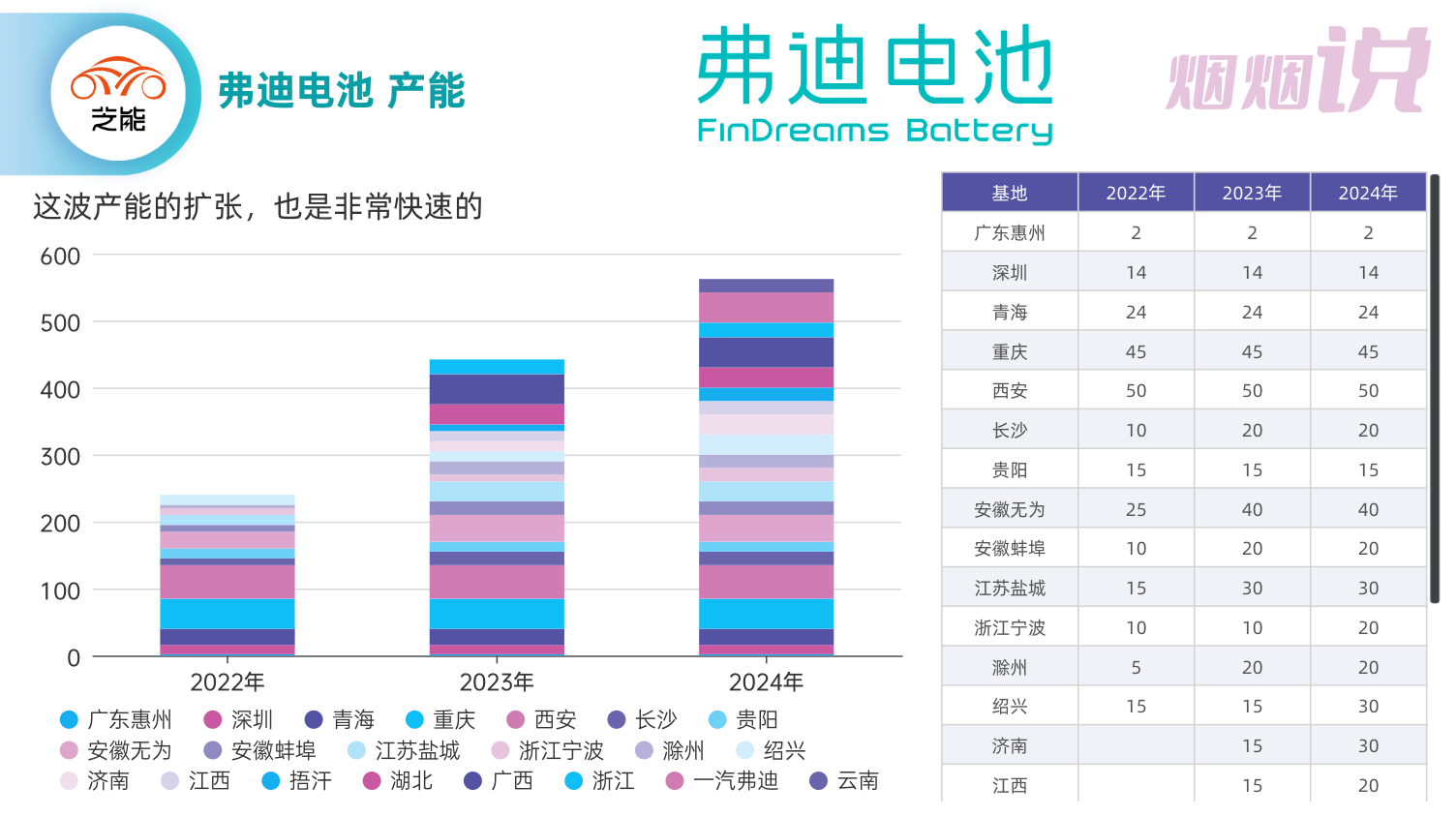
Conclusion: Under the vertical integration mode, Fudi Battery has both pressure and sufficient customers, so outward sales are difficult. We need to objectively consider this reality. For companies that compete with BYD, it is difficult to regard Fudi as a core supplier, and this is indeed an undeniable fact.
This article is a translation by ChatGPT of a Chinese report from 42HOW. If you have any questions about it, please email bd@42how.com.
